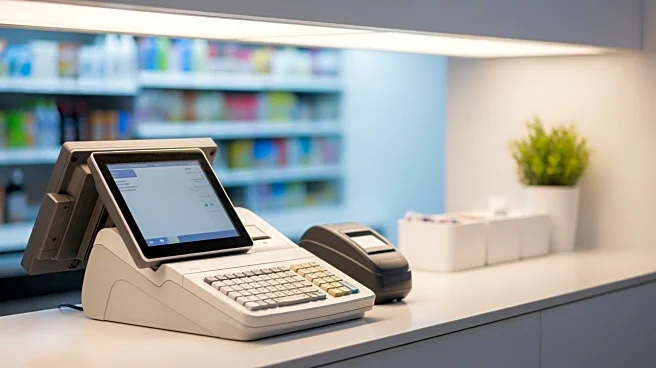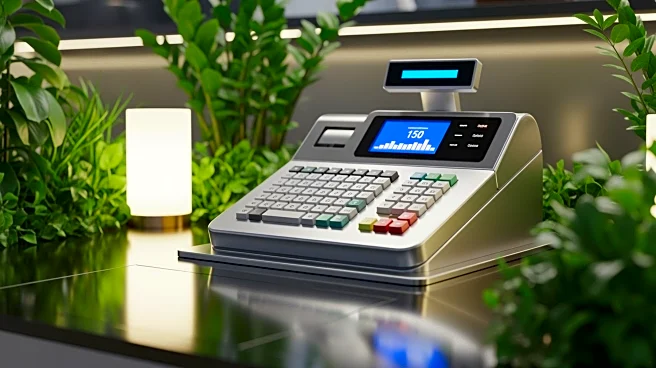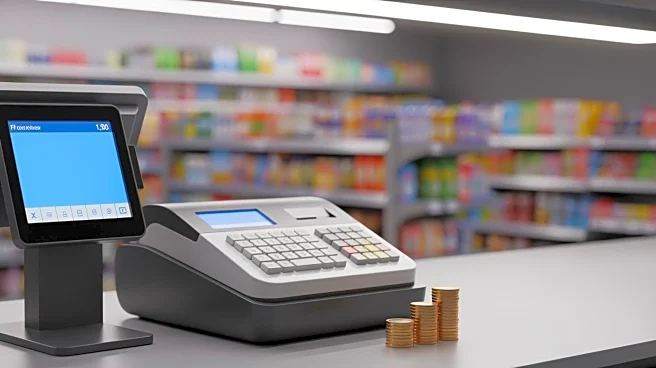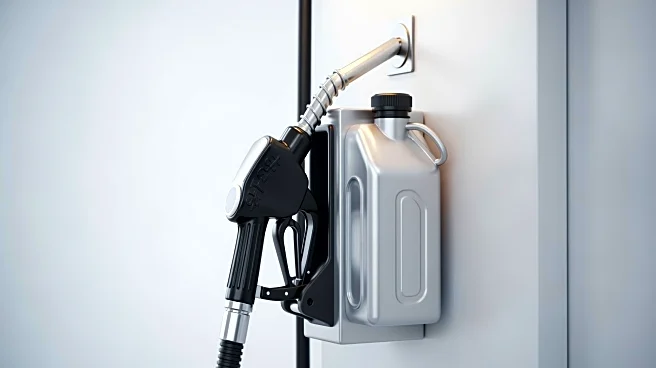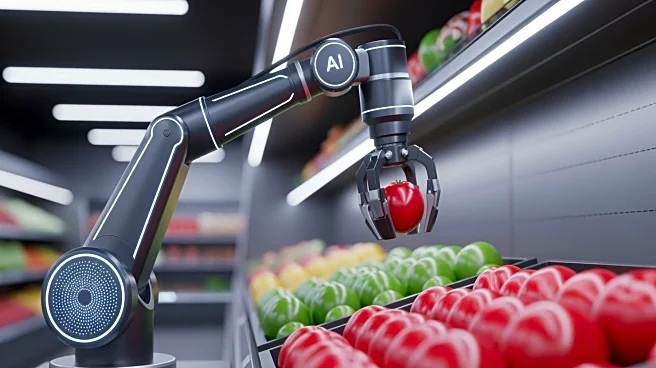What's Happening?
Convenience stores are increasingly adopting an Equipment-as-a-Service (EaaS) model to manage costs and improve operational flexibility. This shift allows retailers to avoid large upfront purchases and instead
pay predictable monthly fees for equipment, such as refrigeration systems and shelving. The EaaS model includes servicing, maintenance, upgrades, and end-of-life removal, reducing downtime and operational headaches. Rising energy costs and regulatory pressures are driving this change, as retailers seek to adopt energy-efficient systems without the burden of significant capital outlay.
Why It's Important?
The transition to EaaS is significant for the retail industry, particularly for convenience stores facing high fixed costs and energy bills. By adopting this model, retailers can protect cash flow and invest capital in other areas of the business. The model also supports sustainability goals by facilitating the switch to energy-efficient systems, which can lead to cost savings that cover rental expenses. This approach is crucial for smaller retailers who need to remain agile in a volatile market.
What's Next?
As the retail sector continues to face economic challenges, the adoption of EaaS is likely to increase. Retailers may further explore partnerships with equipment suppliers to enhance service offerings and improve operational efficiency. The focus on energy efficiency and regulatory compliance will continue to drive innovation in equipment solutions, potentially leading to new business models and opportunities for growth.
Beyond the Headlines
The shift to EaaS reflects broader trends in the retail industry towards flexibility and sustainability. It highlights the need for retailers to adapt to changing consumer behaviors and regulatory landscapes. This model may also influence other sectors, encouraging businesses to reconsider asset ownership and explore service-based solutions.


